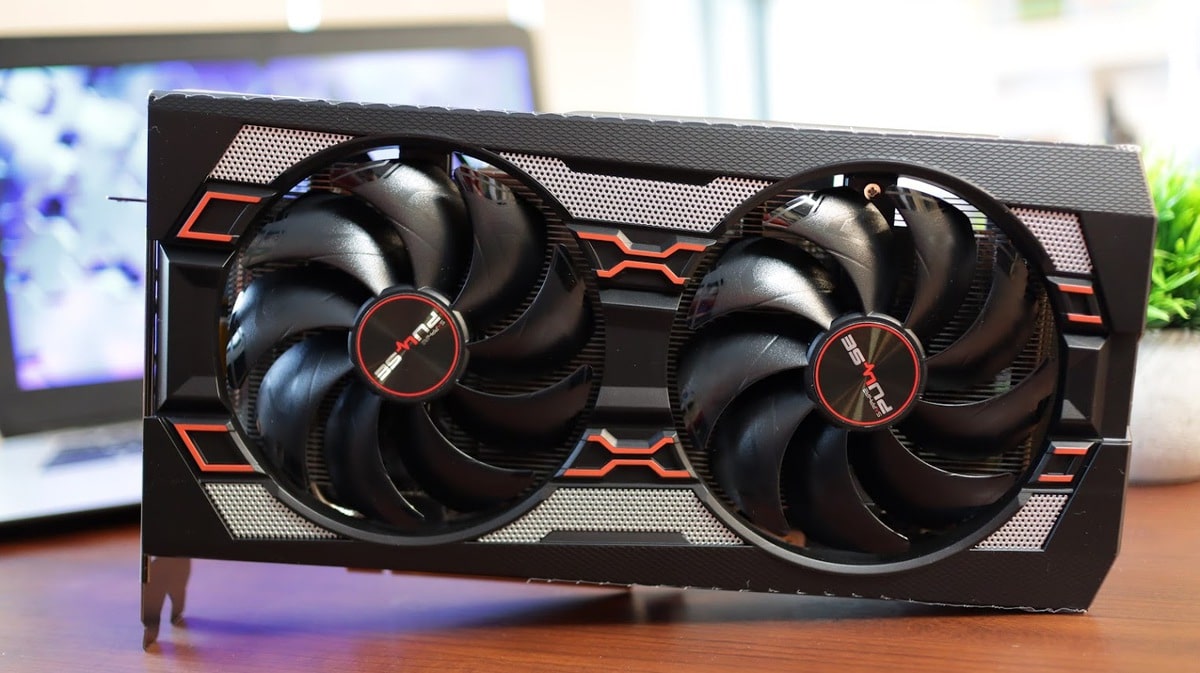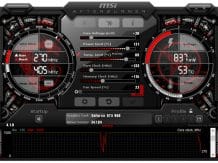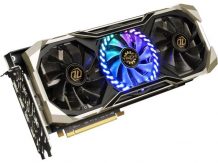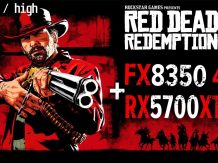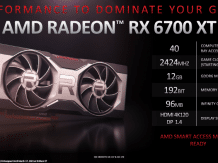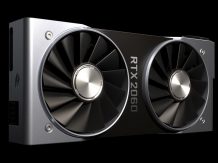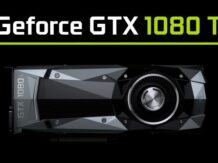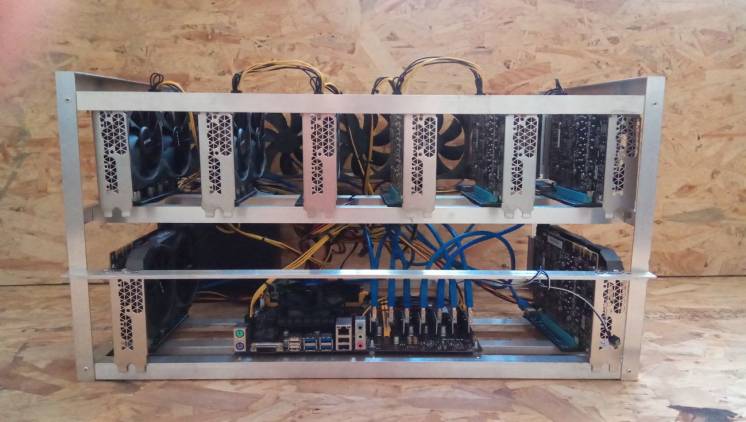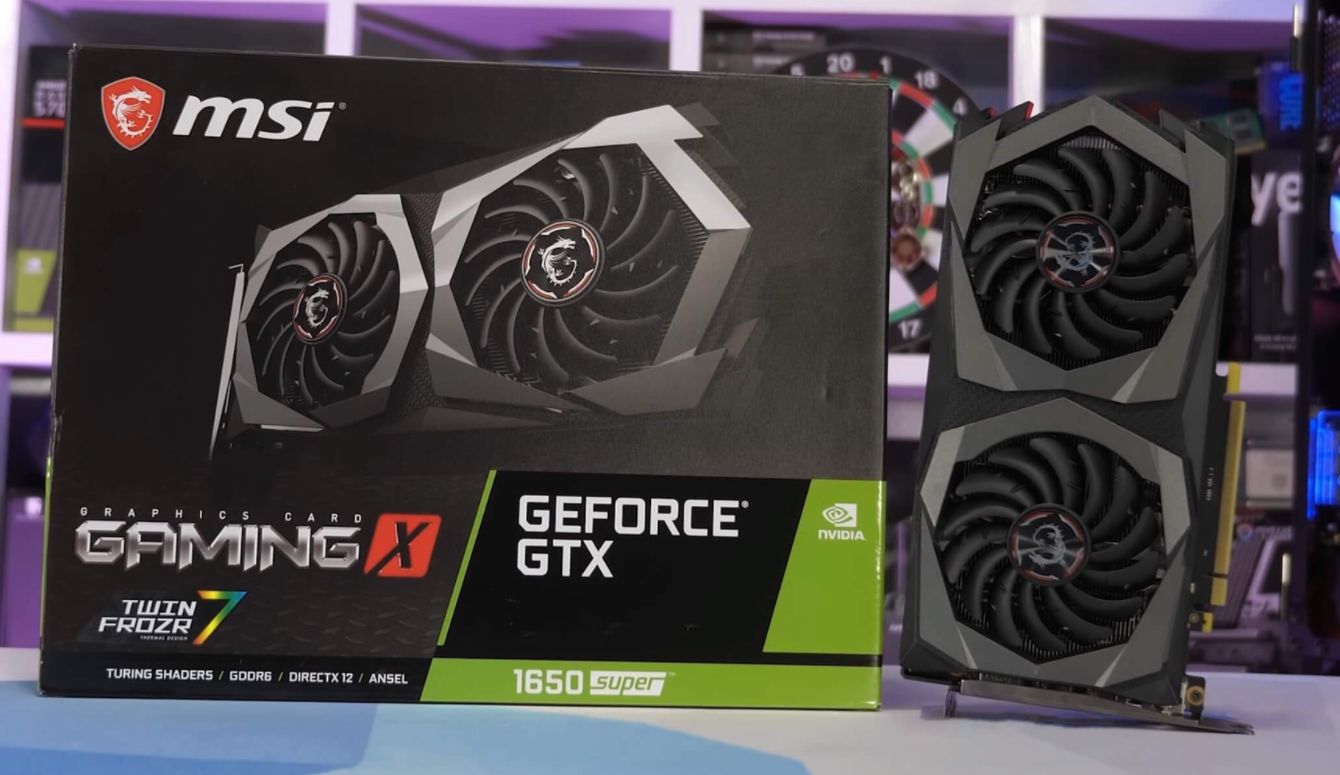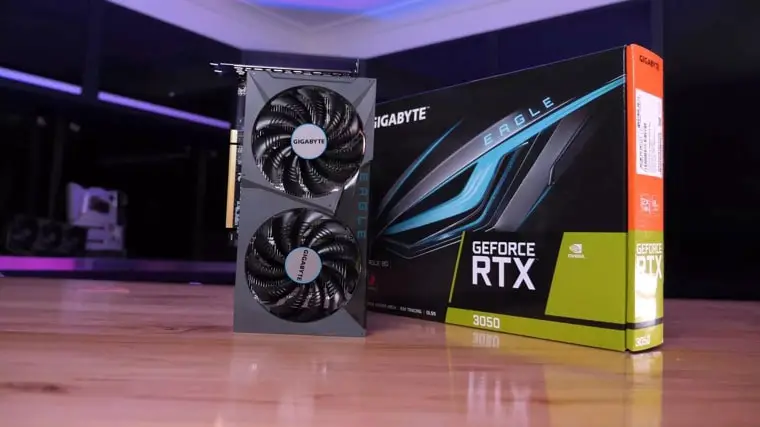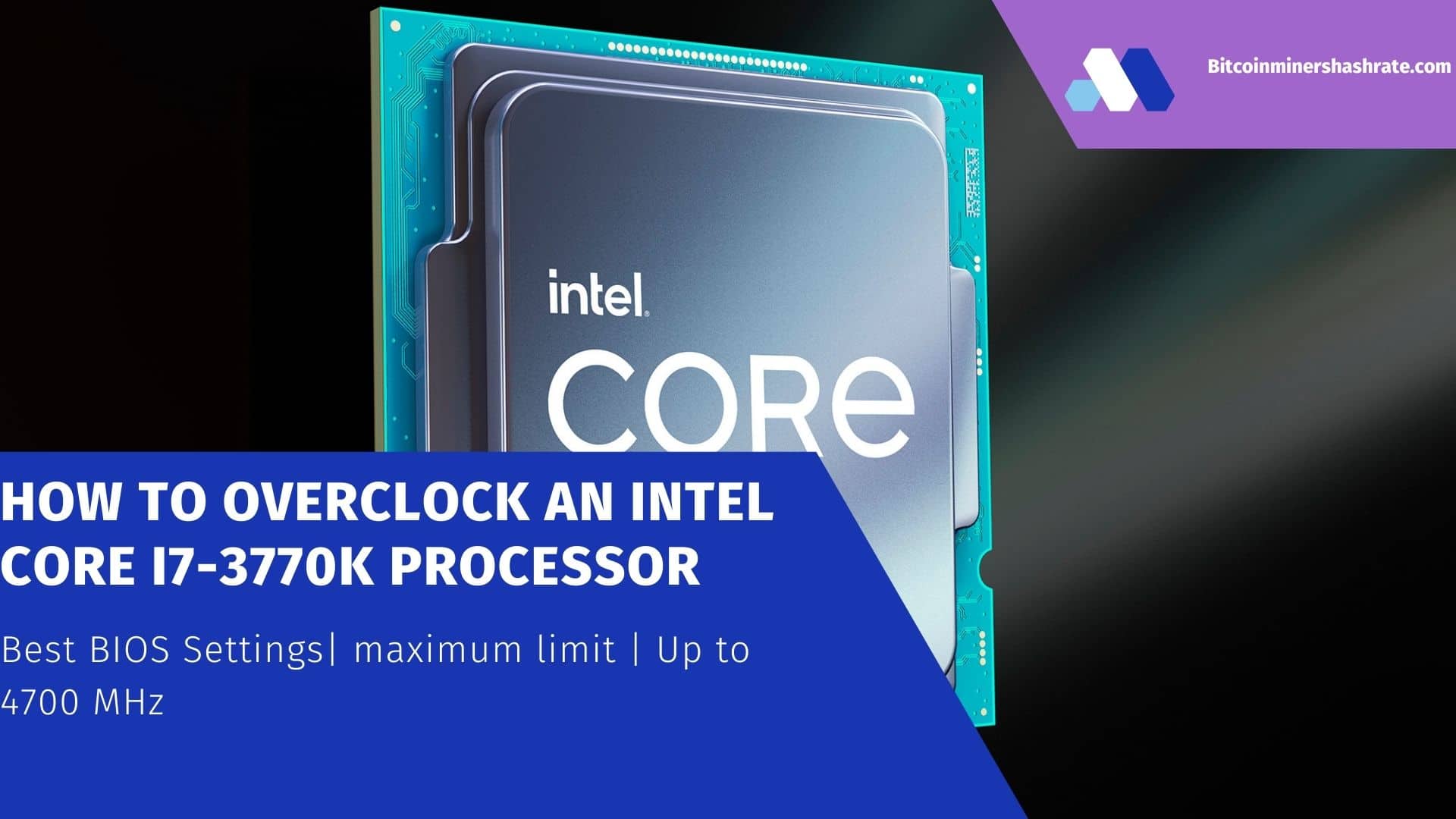How to ‘increase/Max/ Optimize’ sapphire radeon rx 5600 xt 6gb pulse Mining: Overclock| Hashrate| HiveOS | Best Settings | MSI Afterburner| Ethereum – Mining with RX 5600 XT. Overclocking, profitability, consumption – Starting January 21, 2020, AMD launched a new mid-range graphics card – the Radeon RX 5600 XT. Because AMD video cards are traditionally strong on the Dagger-Hashimoto (Ethash) algorithm, which is why testing on this algorithm is of the greatest interest. In our previous article, where we tried to predict the hashrate of the RX 5600 XT video card, we were both right and wrong, because we guessed the predicted hash rate, but only for stock values of the memory frequency and GPU.
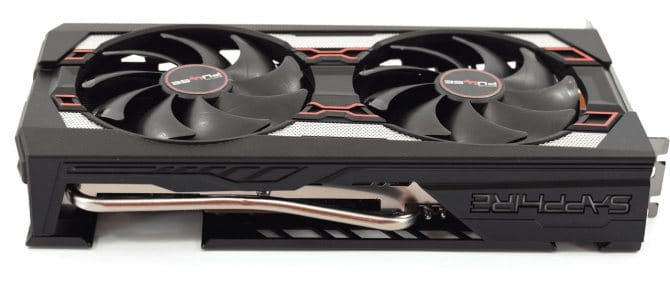
Given the high overclocking potential of new products, the results in the Ethereum mining video card showed much better than our expectations for hashrate and energy efficiency.
In this review, we’ll take a look at the 6GB version of AMD’s Sapphire RX 5600 XT Pulse 6GB graphics card.
The card is equipped with 1 × 8 Pin connectors and consumes from 100 watts to 160 watts depending on overclocking, miner and algorithm.
Specifications
Sapphire radeon rx 5600 xt 6gb pulse: Specification
| Specifications | Sapphire RX 5600 XT Pulse |
| Video memory | GDDR6 6GB |
| CPU frequency | Overclocked frequency: 1750 MHz |
| Energy consumption | 140 watts to 175 watts |
| Power connectors | 1×8 Pin |
| Noise | ~ 32 dB |
| Dimensions (mm) | 254 x 135 x 46.5 mm |
| Official site | Sapphire |
Temperatures and internals
Before we start our review of the RX 5600 XT graphics card, we need to go back to its announcement at CES 2021. The card uses the same Navi 10 GPU configuration as the RX 5700, which means 36 compute units, 2304 threads.
AMD has announced the 5600 XT as the Ultimate 1080p GPU, dedicated exclusively to the GTX 1660 Super and GTX 1660 Ti smash hit.
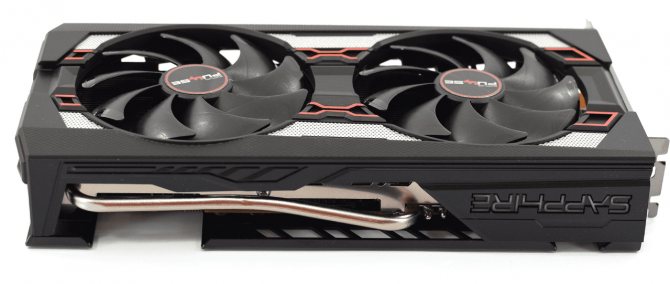
Regardless, Nvidia has been working in the background to make the RTX 2060 more competitive and to make the 5600 XT less competitive.
On January 16, 2021, AMD sent an email stating:
“SAPPHIRE will be providing a BIOS update for the Radeon RX 5600 XT graphics card, which is expected to be available after January 16th. This update is expected to improve performance and may affect test results. “
The power limit has been increased from 150W (total board power) to 160W, with a clock speed boost from 1620 MHz to 1750 MHz, along with a 2 Gbps increase in GDDR6 memory speed to 14 Gbps, up from 12 Gbps.
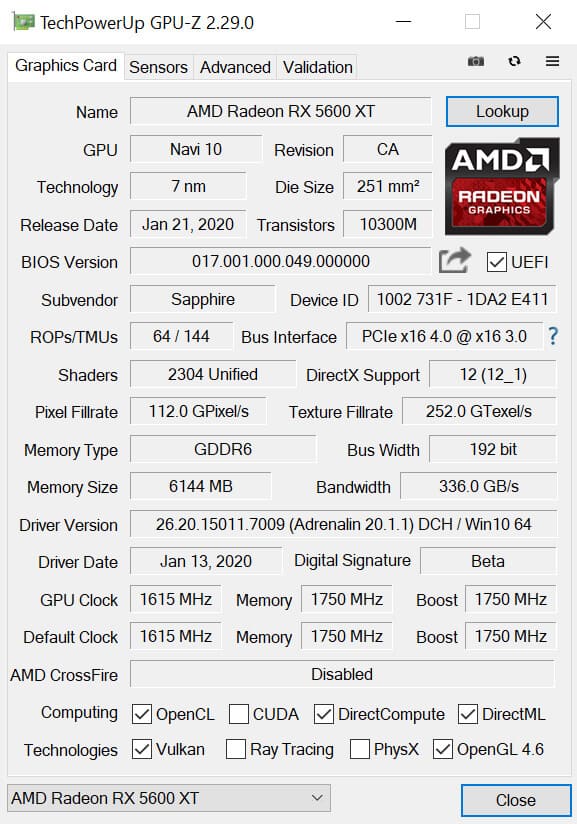
Original BIOS specification, first picture, compared to updated BIOS specification
Here is AMD’s official announcement of the change:
“Based on ongoing testing with our board partners, we have increased the GPU core and memory frequencies for the overclocked Radeon RX 5600 XTs to take advantage of the increased thermal and electrical headroom built into the partner’s custom designs. The updated VBIOS has been made available to our partners for inclusion in individual OC SKUs at launch. AMD aims to disrupt the market with industry-leading computing products, and the new VBIOS makes the Radeon RX 5600 XT an even more powerful competitor for high-performance 1080p gaming. The previously announced product specifications remain unchanged as they remain AMD’s recommended specifications for reference designs. “
How to Optimize: AMD Radeon RX 5600 XT Mining Profit
We figured out what is the hashrate of the RX5600, but what about the profitability? In the table below you can see how much profit one card will bring per day. Data presented as of August 2021. The latest information can be calculated at whattomine.com.
Equipment
The Sapphire RX 5600 XT Pulse comes in a multicolor box with Pulse branding and Radeon visible from the front. There is no image of the video card itself on the box.
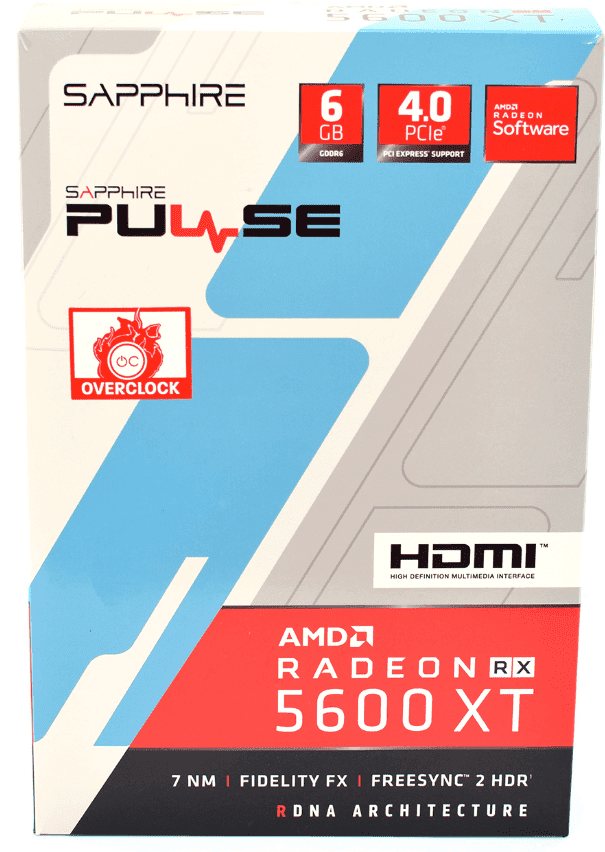
Delivery set:
- Box
- Video card
- Quick Start Guide
- Manufacturer’s note
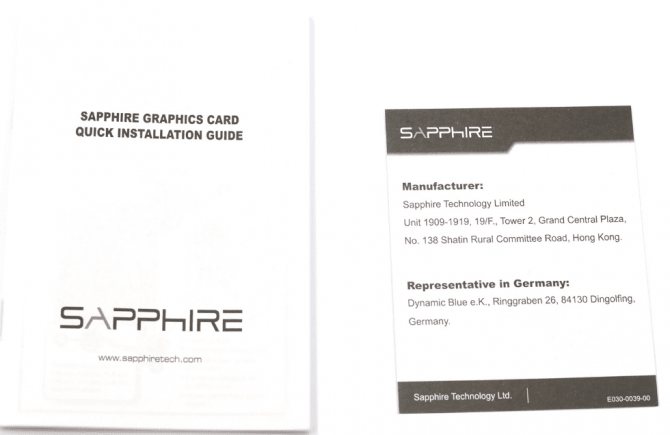
Cooling system
Moving on to a breakdown of the graphics card itself, yes – it’s a copy of the Pulse RX 5700. Sapphire is reusing the same Pulse RX 5700 cooler and shroud for the RX 5600 XT, which makes sense – after all, they both use the same GPU configuration.
As for the external cooling system, the card is equipped with 2 coolers.
These are twin ball bearing designs, each size 95 mm
… Sapphire said of the external cooling system: “The improved fan blades means the solution is 10% quieter than the previous generation.”
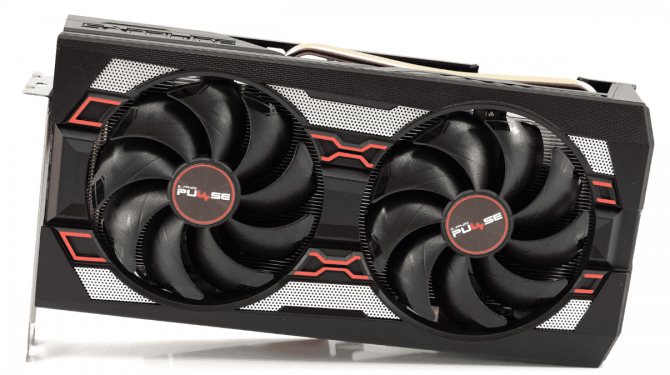
The dimensions of the card are, of course, the same as those of the RX 5700 Pulse: it measures 254 x 135 x 46.5 mm. The length and thickness of the 2.5 slot is actually not unusual, but this is a fairly tall card that extends well beyond the PCIe bar.
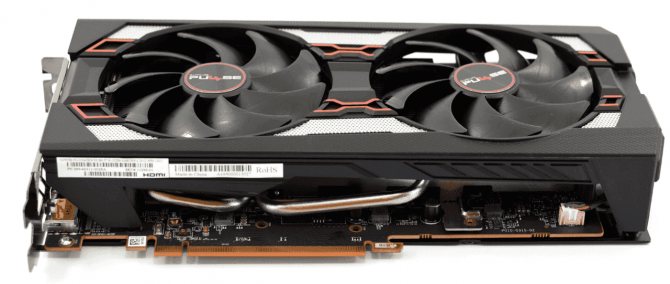
On the face of the card, we see a small Sapphire logo, and just above a switch with two BIOS, where users can use “BIOS depending on your preference. Both have been updated, here are the specs for each:
Performance BIOS: TGP: 160 W, 14 Gbps memory, Boost Clock 1750 MHz, Game Clock 1615 MHz.
Silent BIOS: TGP: 135 W, 12 Gbps memory, Boost Clock 1620 MHz, Game Clock 1460 MHz.
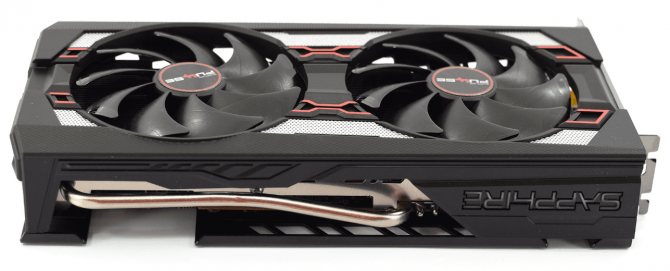
Let’s move on to the back of the video card – the backplate, which is present in this model. This is a full size design with a GPU cutout and some additional cutouts on the side. It is made of aluminum with red and gray accents.
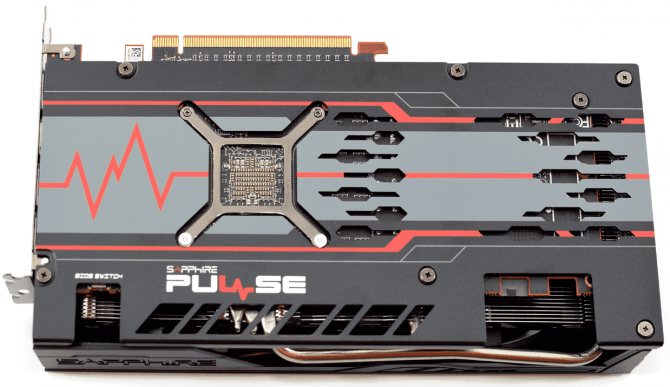
Recall that the backplate itself will not help dissipate heat from the rear side of the board, but will provide additional rigidity and help protect the card from mechanical damage.
Internal cooling system
Let’s move on to the analysis of the video card itself. Let’s start by tradition with the radiator grill.
The grille is again the same as on the Pulse 5700. It consists of one solid rib and uses three 6mm heat pipes
.
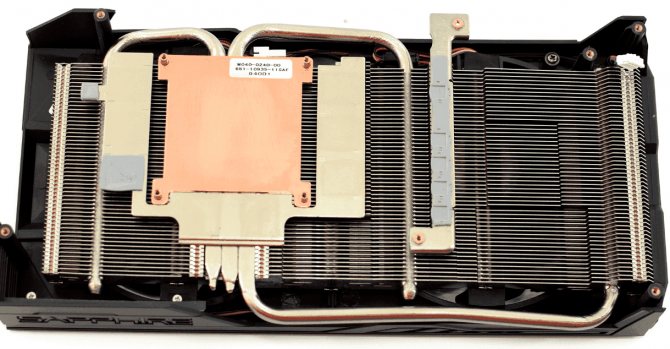
Heatpipes remove heat from the copper cooling plate, which in turn cools the GPU, while there is a separate plate around the memory modules. One much smaller plate also sits out to the side for the VRM.
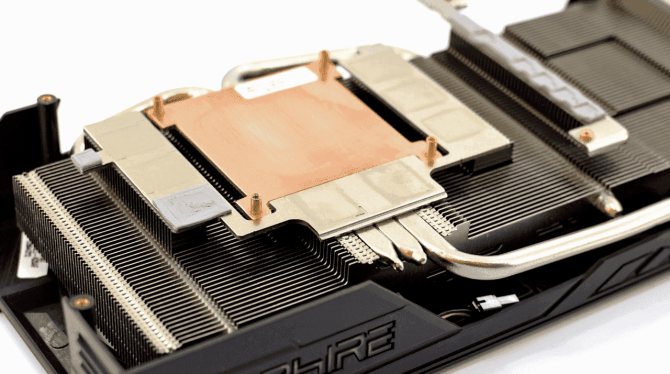
Detaching the radiator grill reveals a clean PCB that looks good.
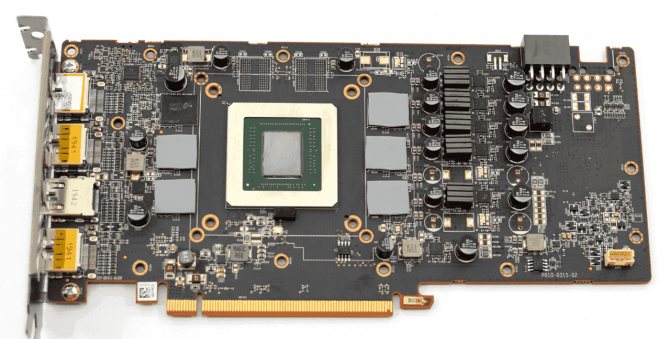
The PCB has some slight differences from the RX 5700 PCB, but in our opinion it’s the same overall design, which again makes sense to be.
First of all, this Pulse uses the design VRM 5 + 1when most 5700 series cards have 6 or 7 phase VRM for the GPU.
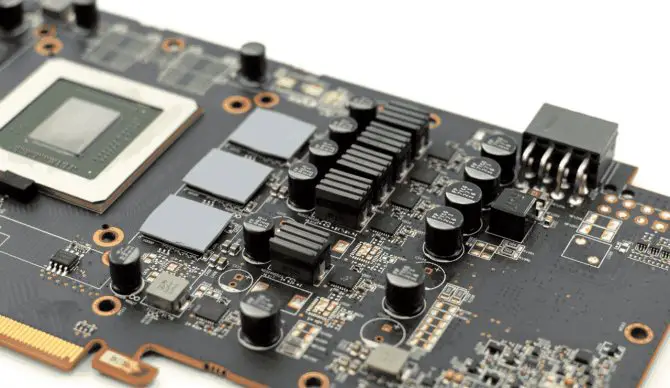
Perhaps more interesting is the memory choice – this is the 6GB GDDR6 variant. The modules are manufactured by Micron and are marked “9UA77D9WCW“. This model’s code is decoded to “MT61K256M32JE-14“, Which is very interesting for us, since this is 14 Gbps memory according to the Micron’s estimates.
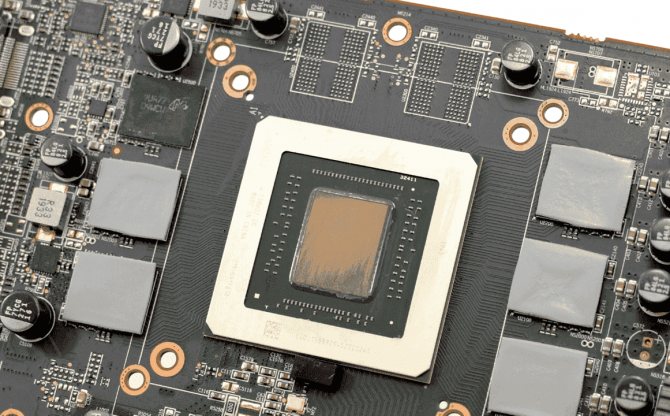
The reason we find this interesting is that these modules would have been used for 5600 XT circuit boards long before the BIOS update, but the specs were only 12 Gbps. Rather than using actual 12 Gbps modules, it looks like AMD has been “shutting down” the 14 Gbps modules, stating that they will run at 12 Gbps.
Sure, they now run at 14 Gbps again in the BIOS update, but we still find it somewhat intriguing that AMD was going to run these modules slower than the Micron before the BIOS update.
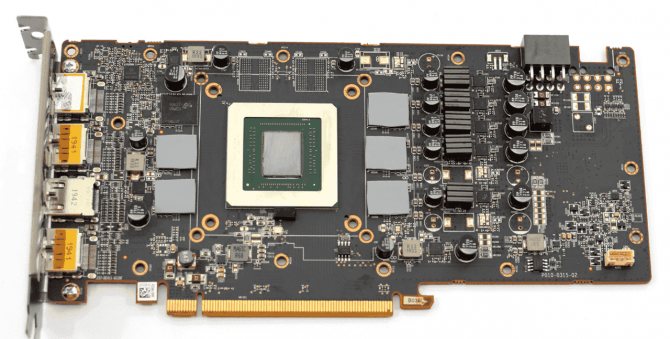
Thermal photographs
All thermal images were taken under maximum load for a general presentation and understanding of the cooling system with a slight overclocked core and memory.
Having installed the thermal camera on top, we can see that the GPU temperature does not exceed 60 degrees. This is a good indicator.
However, it should be understood that the maximum consumption of the card is only 160 watts, which is actually not that much by modern standards.
Please note that the coolers do an excellent job, the residual heat is dissipated and is not stored inside the card.
Having installed the camera from the back of the video card, where the backplate is located, we can see that the GPU temperature does not exceed 64 degrees… This is also a good result.
GPU measurements are correct, as there is a notch in the backplate area, in the GPU area.
How to Maximize: Mining indicators (hashrate)
On the Ethash algorithm, the video card produces 34.2 Mh / s… With memory overclocked to 1860, the card gives 42.4 Mh/s, while the consumption of the assembled stand is 191 watts.
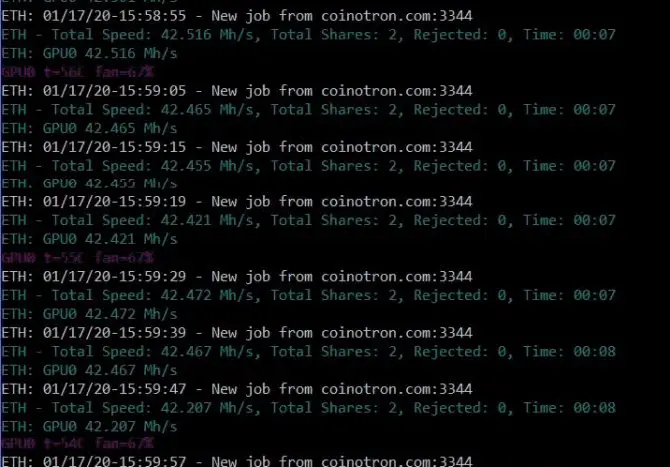
On the algorithm BeamHashII ~ 27 Mh / s.
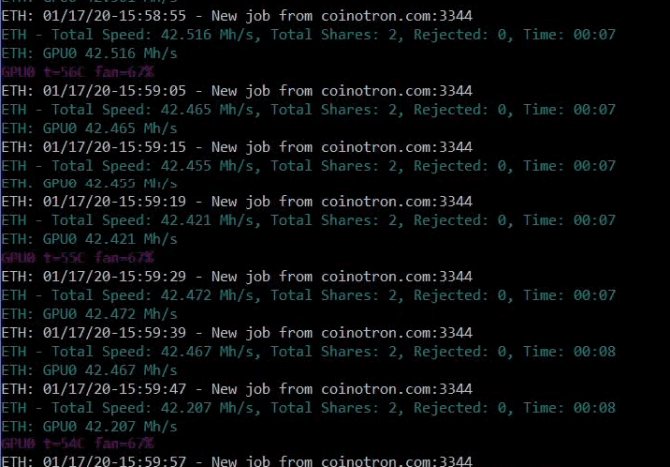
Memory and power consumption
The video card is equipped with 6 gigabytes of GDDR6. Most often sourced from Micron.
As we said, the memory is marked “9UA77D9WCW».
The consumption of the card is from 140 to 175 watts, depending on the miner and overclocking.
The card is equipped with 1 × 8 Pin power connectors, which is very convenient in terms of buying a block for a whole farm, since only 1 wire is used for 1 card.
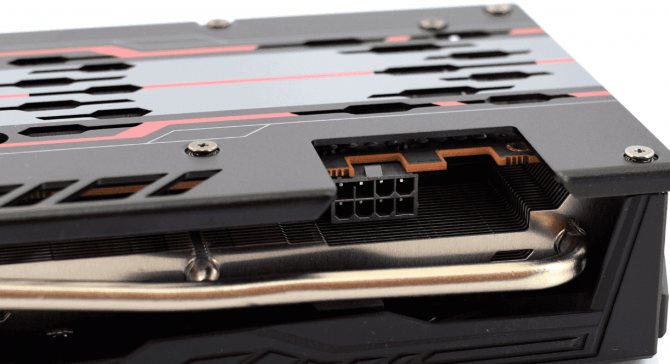
For a farm of 6 Sapphire RX 5600 XT Pulse 6 GB video cards and a connected power system (motherboard, SSD, processor), you will need 1 power supply unit for 1300 Watt or 2 units for 700-750 Watt.
You can find out how to power a farm with 2 power supplies on our website.
Also on our website you can choose an excellent block for mining: the corresponding section contains detailed articles about different power supplies: their configuration, efficiency, drawdowns, ripple, parsing and much more.
equipment requirements
There are certain requirements for mining:
- At least 4 GB of RAM
- Reliable and inexpensive power supply
- If you want to have multiple graphics cards, just make sure they are well cooled.
- Internet

The calculation methodology is simple: Profitability is equal to the amount of mined cryptocurrency and minus the cost of consumed electricity. For Russia, Ukraine and Georgia, this is approximately $ 0.07 (4.44 rubles).
How to Increase: How much can you earn
Best of all, the Sapphire RX 5600 XT Pulse video card extracts the Ethash algorithm, CryptoNightSaber, CryptoNightR.
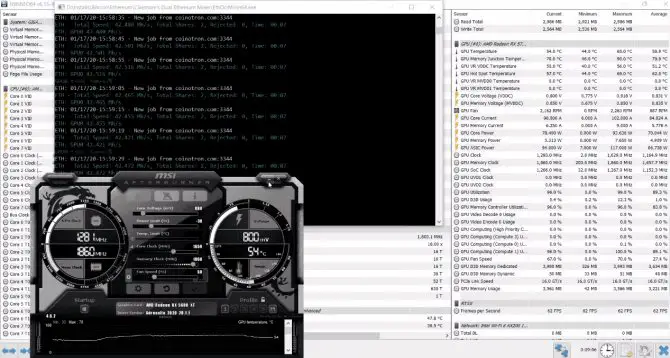
Next are the algorithms that bring a little less, but they can still be considered for mining: Cuckaroo29s, Lyra2REv3, Equihash (150.5), X16RT, Zhash.
Well, at the end there are mining algorithms that are not profitable, these are either coins that are under ASICs, or those that were not initially sharpened for AMD.





